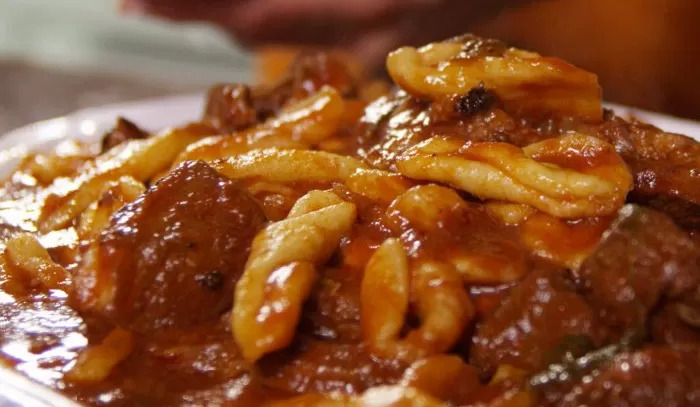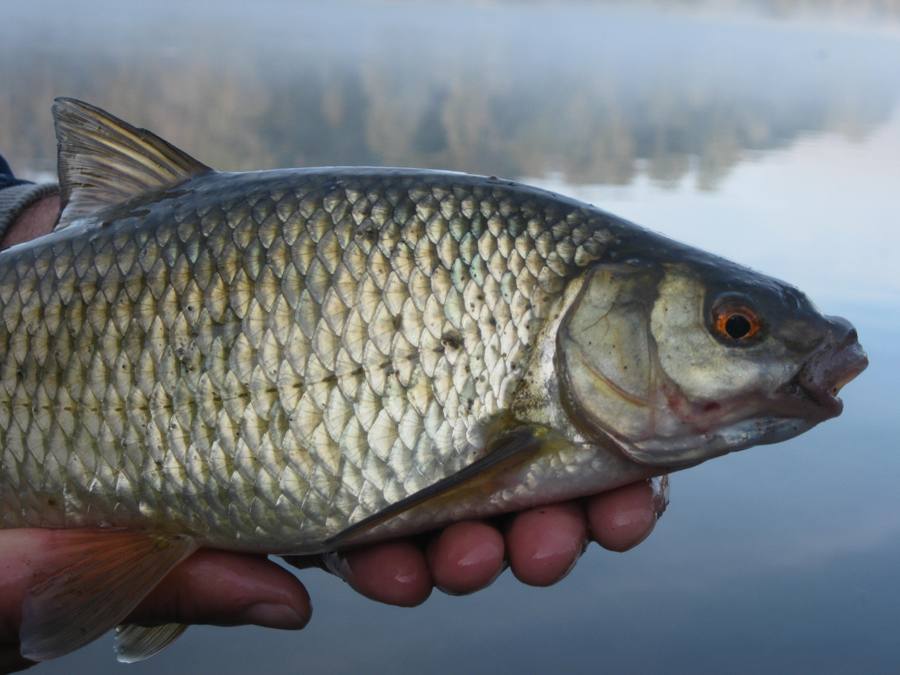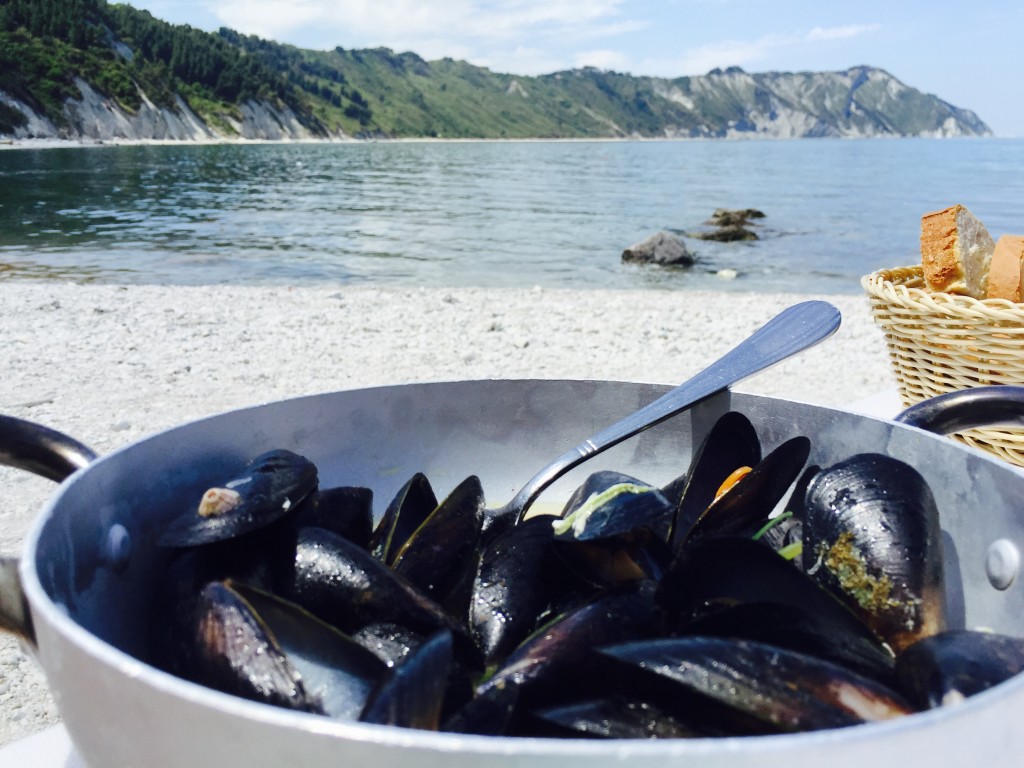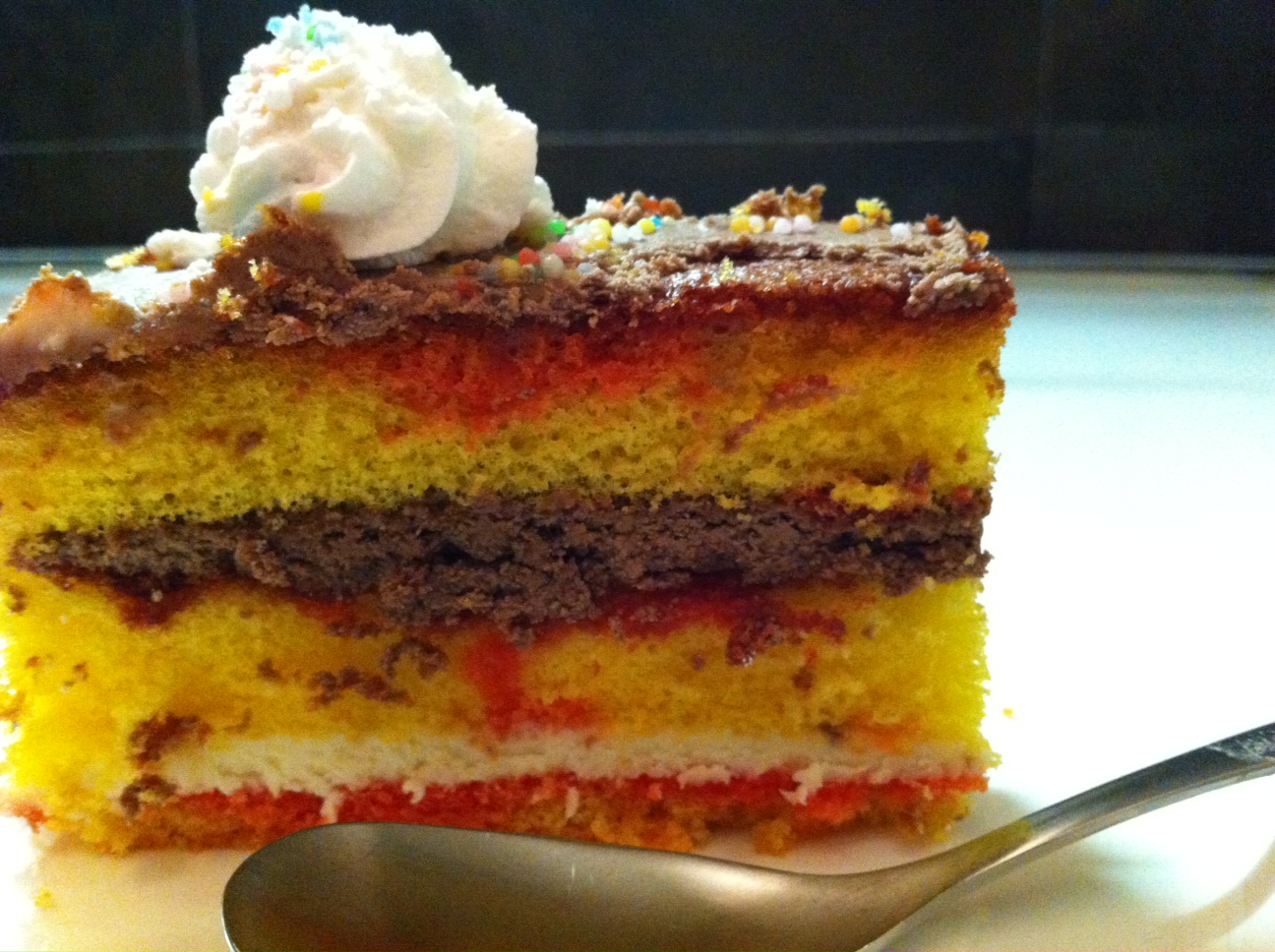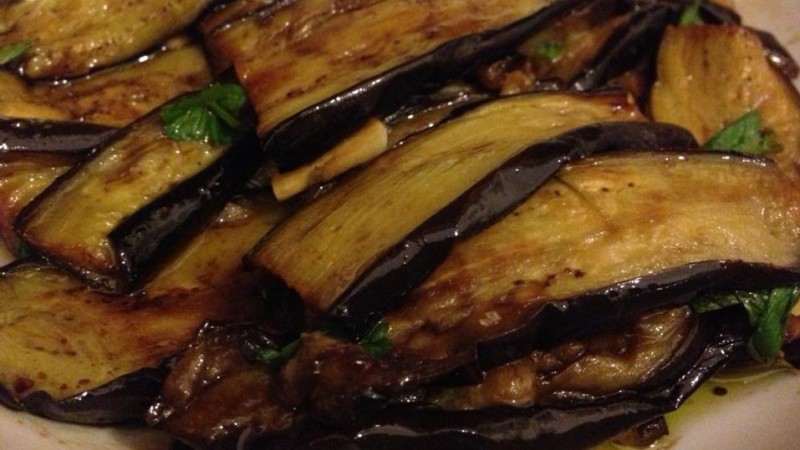The cultivation of buckwheat called "furmentùn", "fraina" or "farina negra" is very representative for Valtellina.
Over the centuries, as a result of its widespread diffusion, which has had a lasting influence on the dietary habits of this area, it has taken on the important role of historical product, representative of a heritage of cultural identity.
While in the rest of Italy the cultivation of this plant has almost disappeared, in Valtellina, despite the drastic reduction in local production, it continues to be a formidable attraction, as buckwheat flour is the basic ingredient of its typical dishes, now famous even outside the borders of Valtellina: pizzoccheri, sciàt, polenta taragna and chisciöi.
The origin of the dish of pizzoccheri is not testified by a precise date or event, but by a series of culinary references reported by H.L. Lehmann, in the second part of his work Die Republik Graubündeni, concerning the area of Graubünden of which Valtellina was part at that time.
The author cites "Perzockel" as a kind of tagliatelle made of Saracen and two eggs. The pasta was cooked in water, then butter was added and the grated cheese was immediately spread. In the farmhouses, and in the fallow land, it was more usual to make gnocchi with the same ingredients instead of tagliatelle, because often there was no table to make the pastry. For this reason, the dough of gnocchi was a way to overcome this difficulty.
In the Prodromo della flora valtellinese (1834) Giuseppe Filippo Massara catalogues among the plants found during various botanical excursions in the province of Sondrio the pheasant, better known as buckwheat, and states that: "With the same flour are made more other reasons for food, as "gnocchi" and "tagliatelli", called each other than pizzoccheri".
From the beginning of the nineteenth century on the tables of the wealthiest peasants appears the dish most similar to the one currently known: they worked coarse buckwheat tagliatelle with some white flour in varying proportions depending on the country, cooked in abundant salted water, in which potatoes, cabbage or ribs or green beans were placed in pieces.
The pizzoccheri were then drained with a buckwheat ladle (cazafuràda) and placed in a connecting rod with layers of two types of flaky cheese: a leaner one called "féta "iii and a more mature semi-fat. Everything was seasoned with a whip of dark lard accompanied by garlic. In some areas, onion and sage were used instead of garlic and are still used today.


